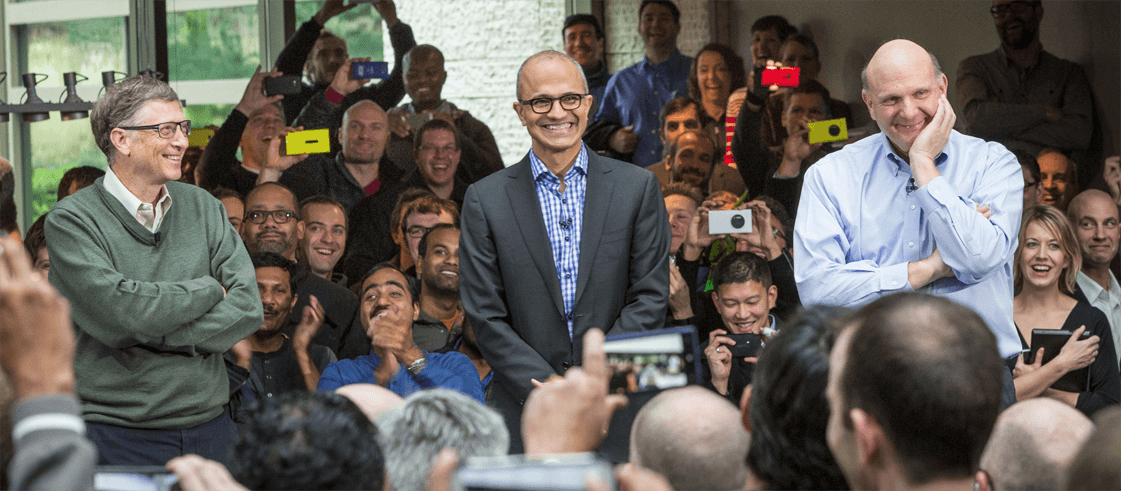
Coinbase’s imminent stock market debut has been a long time coming. It’s a fortuitous time for a crypto exchange to go public; at US$2 trillion (at time of writing), crypto-assets’ total market capitalisation is at an all-time high. The frothy market makes people trade with abandon, bestowing lucrative transaction revenue and custody fees (c. US$1.8 billion in Q1 2021) to Coinbase. In good times, it’s easy to overlook the risk factors listed on Coinbase’s S-1 filing. “No risk, no reward” is the mantra of the day.
Continue reading



